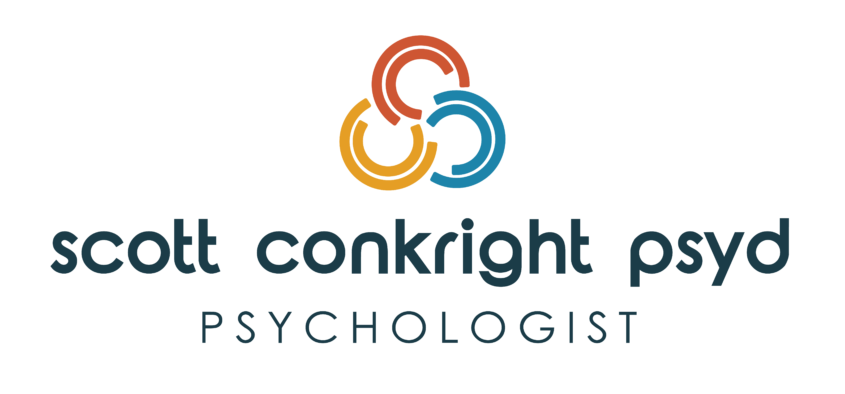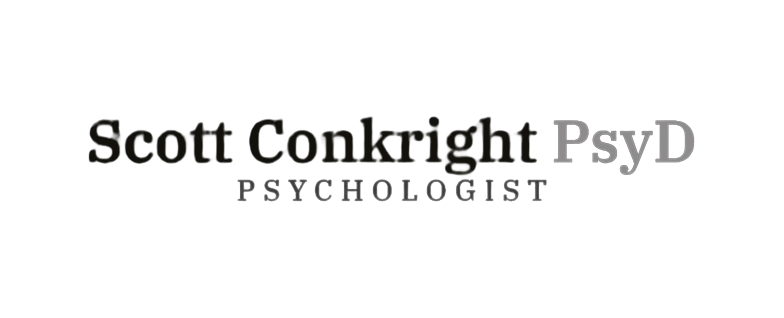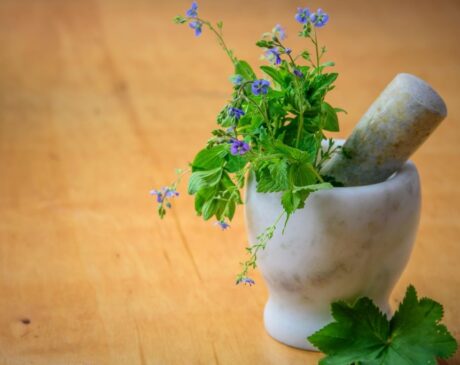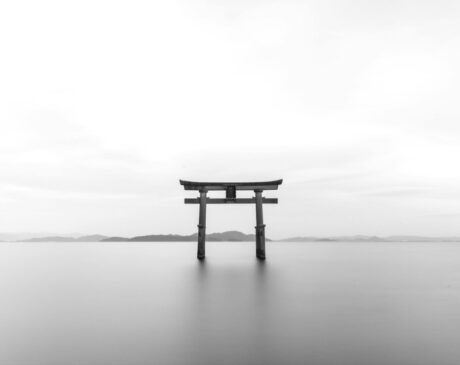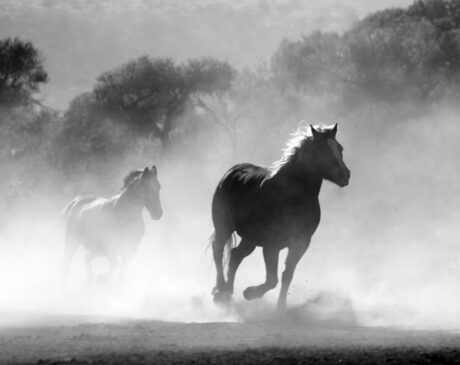Claustral Retreat: The Pluses and Minuses of Going into Hiding
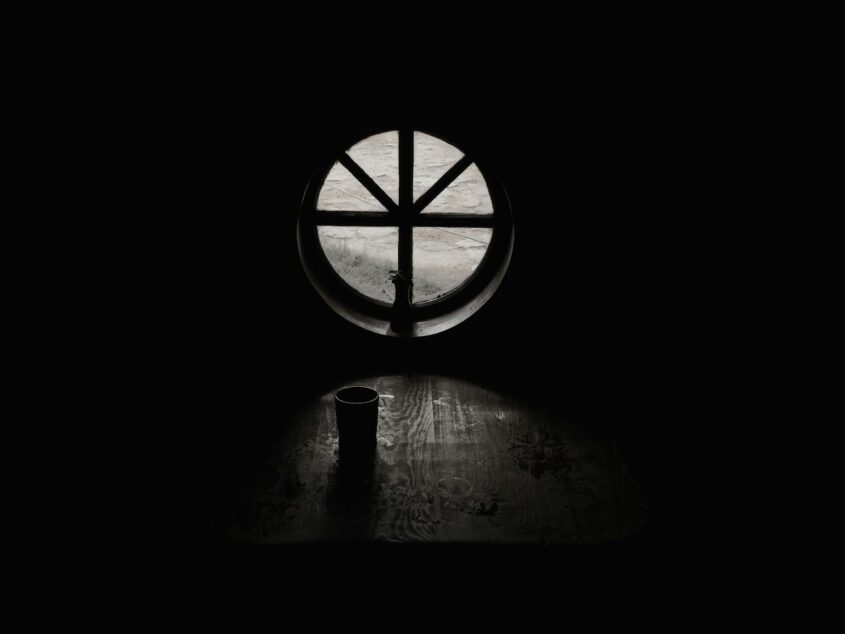
The Claustral: Safe Haven or Self-Suffocation?
When I’m at conventions, like I was a couple of weeks ago in DC, after a long day of being with others, even the relative unfamiliarity and intentional impersonalness of my hotel room can provide emotional comfort and sustenance. It becomes my room; only I can decide who can come in and out of it. It becomes my claustral retreat.
I had not heard the word “claustral” until reading Silvan Tompkins, the father of affect theory. Most of us might recognize it in the word “claustrophobic,” the fear of being in closed or narrow spaces. It’s a fascinating word with a history that is both spiritual and psychological, with positive and negative possibilities.
The word “claustral” comes from the Latin root “claustrum,” which means “a closed space” or “barrier.” The term has historical ties to religious or monastic life, where “claustral” pertained to the cloistered, secluded lifestyle of monks or nuns living in a monastery or convent. In this context, “claustral” is related to being shut away from the outside world, focusing on spiritual life within the confines of a religious community.
Over time, “claustral” expanded beyond religious contexts, including any sense of being closed in or confined. The Latin “claustrum” itself is related to the verb “claudere,” which means “to close,” and is also the root for English words like “close,” “closet,” “enclosure,” and “claustrophobia,” as mentioned above. Thus, the etymology of “claustral” reflects closure, seclusion, and internal focus.
Psychologically, “claustral” doesn’t refer to a confined physical space but rather to an emotional state that can feel trapped or suffocated by intense feelings or situations. It can be understood as the overwhelming sensation of being enclosed or smothered, physically and emotionally, often triggered by specific situations that bring up deep-seated fears or anxieties.
Imagine feeling stuck in a room with no doors or windows, but instead of it being an actual room, it’s your own barrage of emotions or a specific scenario causing that sensation. This can be related to experiences where you feel a loss of control, overwhelming shame, or anxiety, making it seem like there’s no escape route. In modern challenges, especially considering the pressures from social media, work, or personal relationships, you might experience this claustral feeling when you feel boxed in by expectations, public scrutiny, or self-judgment.
Understanding this concept can be crucial in recognizing personal boundaries, identifying sources of emotional distress, and seeking appropriate coping strategies or therapeutic support to navigate through these overwhelming emotions and find more breathing room in your mental and emotional space.
Yet, it doesn’t exclusively pertain to feelings of entrapment or suffocation. Interestingly, it can also encompass a sense of safety, privacy, and introspection akin to being in a protective cocoon. This positive aspect focuses on the emotional state where one finds comfort and security in personal spaces or moments, allowing for deep self-reflection and emotional healing. My hotel room becomes more than a place to sleep; it becomes a sanctuary.
Imagine transforming your personal space into a haven, a mental ‘fort’ where the external pressures of the world, like social media buzz, career anxieties, or relationship stresses, can’t penetrate. This claustral space becomes a nurturing environment where you can explore your inner thoughts, feelings, and desires without judgment or interruption. It’s like having a personal retreat where you can recharge, gather your thoughts, and connect deeply with your true self.
Psychological Aspects
Claustral spaces replicate early experiences in life, perhaps as children when we were held and comforted by those we loved. This is the secure base talked about in attachment theory. In these spaces, we can lower our defenses, as the warm, embracing environment serves as a buffer against the unpredictability and potential threats of the outside world.
There’s a claustral reason so many love songs involve holding each other. Falling in love feels like finding safety.
From an affect theory perspective, claustral experiences help manage and modulate difficult feelings. The containment they provide can help temper overwhelming feelings, allowing us to process and regulate our emotions more effectively.
Enclosed spaces can also offer control over our environment, crucial in developing personal autonomy and a secure sense of self. This control helps to soothe feelings of helplessness or shame, which are often at the core of anxiety and stress.
Nesting and Personalizing Space: Creating a personalized and enclosed space, such as organizing and decorating our room or apartment, can be a claustral experience. This process makes the space an extension of ourselves, offering a physical manifestation of our identity and a controlled environment where we feel at ease.
The use of sensory deprivation tanks, where one floats in a dark, soundproof tank filled with saltwater, provides a modern example of seeking claustral experiences. Here, the absence of external stimuli helps individuals detach from the external world’s sensory overload, facilitating deep relaxation and introspection. Ever since watching the movie Altered States, I have wanted to experience this and will someday. Maybe.
Meditation within a designated, quiet space can be seen as a claustral experience. These practices often involve creating a boundary from the external environment to foster an inward focus, facilitating mental and emotional.
Wearing headphones and listening to music or ambient sounds in public spaces can create a ‘claustral effect,’ providing a psychological barrier that isolates the individual from the surrounding environment, offering a sense of privacy and personal space even in crowded settings.
Seeking solitude and containment in nature, such as camping in a secluded area or staying in a cabin in the woods, reflects a desire for claustral experiences. These settings provide a retreat from the hustle and bustle of everyday life, allowing for reflection, connection with nature, and a sense of peace.
From an affect and attachment theory perspective, claustral experiences are sought as psychological refuges that offer safety, emotional regulation, and a sense of control and autonomy. They are not limited to primitive memories of the womb, which some speculate, but extend to various behaviors and preferences that replicate the fundamental needs for security and containment in adulthood.
Let’s pivot here for a moment and talk about shame, as I need you to understand it from an Affect Relational Theory perspective so that I can introduce you to my assessment tool, the shame evasion wheel.
“Imagine you’re in one of those moments where you’re feeling excellent; maybe you’re in the middle of a hearty laugh, lost in a project you love, or simply enjoying a beautiful day. Then, suddenly, something happens that cuts that joy short. It could be a disapproving look, a failure, or an interruption. This jarring stop to your enjoyment or excitement is what triggers shame. It’s like hitting a speed bump on a smooth road. Your head might instinctively lower, and your eyes might dart away from the source of this interruption, not because you want to broadcast how you feel but more like you’re trying to hide.
Shame, in this light, is like a self-protection signal. It’s inherently punishing because it snatches away that warmth of joy or excitement and replaces it with a cold, sinking feeling. But here’s the kicker: shame isn’t just about feeling inadequate in that moment; it’s trying to teach us something. It prompts us to look closely at what just interrupted our good vibe so we can learn from it, avoid similar hiccups in the future, and, ideally, keep our joy uninterrupted longer.
Tomkins says shame is more than embarrassment or guilt; it’s an emotional cue. When we experience shame, it’s not solely about our interactions with others; it can also happen when we’re alone. Its role is crucial because it’s not just about the immediate feeling of discomfort; it’s about how it shapes our relationships and our sense of belonging and mastery over our lives. In essence, shame nudges us to understand and navigate obstacles that hinder our happiness and connection with others.”
This definition aims to unpack the complexity of shame in a way that resonates with everyday experiences, making it more accessible for your listeners to grasp and reflect upon in the context of their own lives.
A deep dive into the concept of claustral withdrawal through the lens of the Shame Evasion Wheel opens up a rich dialogue about the complexities of our emotional responses to shame and the strategies we employ to manage these difficult feelings. The act of withdrawing into a ‘claustral space,’ both literal and metaphorical, can be a double-edged sword, offering both sanctuary and potential isolation from the very connections that might provide healing and growth.
When discussing claustral withdrawal as a defense mechanism, it’s essential to recognize its roots in our primal need for safety and control. This instinctive retreat can manifest as a profound desire to create a buffer between ourselves and the external world, which we perceive as overwhelming or judgmental. In the face of shame—a deeply unsettling feeling that questions our actions and sense of self—the claustral retreat becomes a reflexive move to safeguard our vulnerable selves.
However, this withdrawal isn’t just about evading the discomfort of shame; it’s also a deeply ingrained response linked to our early experiences of seeking comfort and protection. Consider how being held or finding a safe, enclosed space could bring a sense of calm and security in moments of fear or distress. This is the emotional essence that claustral withdrawal attempts to replicate in adulthood—a psychological return to a place of safety and containment.
Yet, while this retreat can offer a temporary haven, it’s not without its pitfalls. The Shame Evasion Wheel suggests that in our attempt to dodge the pain of shame, we might inadvertently cut ourselves off from opportunities for emotional growth and connection. The walls we build to protect ourselves can also isolate us, creating a barrier against potential threats and the nurturing and supportive relationships essential for our well-being.
This isolation can be particularly concerning in today’s digital age, where social media and the internet offer endless claustral spaces. The digital world allows us to curate our interactions and control our environment to an unprecedented degree, exacerbating the tendency to withdraw and hide from the complexities of real-world relationships. It’s a seductive escape that promises safety but often leads to disconnection and loneliness.
Moreover, the shame that drives us into claustral withdrawal is often tied to deeper issues of identity and self-worth. By continuously avoiding situations that might trigger shame, we deny ourselves the chance to confront and work through these underlying issues. This avoidance can become a cycle where the fear of exposure keeps us trapped in our self-made sanctuaries, limiting our ability to engage with the world and ourselves meaningfully and authentically.
In discussing the nuances of the Shame Evasion Wheel and claustral withdrawal, it’s crucial to approach these topics with compassion and understanding. Recognizing the instinctual nature of our retreat into safety allows us to explore these behaviors without judgment, opening the door to deeper self-awareness and the potential for change. By acknowledging the dual nature of claustral spaces—as sources of comfort and confinement—we can begin to navigate these emotional landscapes with greater intention, seeking a balance between the need for safety and the desire for connection.
This exploration is not about condemning claustral withdrawal but about understanding its role in our lives and its impact on our relationships with others and ourselves. As we peel back the layers of our retreat profiles, we’re invited to consider how we might step out of our claustral spaces, not to expose ourselves to harm, but to embrace the possibilities of growth, healing, and genuine connection that lie beyond our self-imposed barriers.
How do we know the difference between healthy and unhealthy claustral retreats? It feels different. An unhealthy retreat is an attempt to hide, to cover one’s shame, to lick one’s wounds, so to speak. It is a form of self-suffication. I think of it as a claustral version of self-cutting at its worst. An unhealthy claustral retreat feels shitty. It’s a lonely, hurting place, and too often, we go into this retreat and do harmful things like drink or do drugs, binge on porn, and other things that make us feel worse.
A healthy claustral retreat feels like entering a welcoming sacred sanctuary to be healed. It feels good. You aren’t hiding. You seek solitude for reflection, affirming, and welcoming conversations with yourself. It feels good to be there because it’s where you want to be. It doesn’t feel good because it helps your inner pain go away, even though the process you’ll be in while alone may provide some healthy healing. If it is an escape, it is from overstimulation and the need to be held by the embrace of the claustral.
